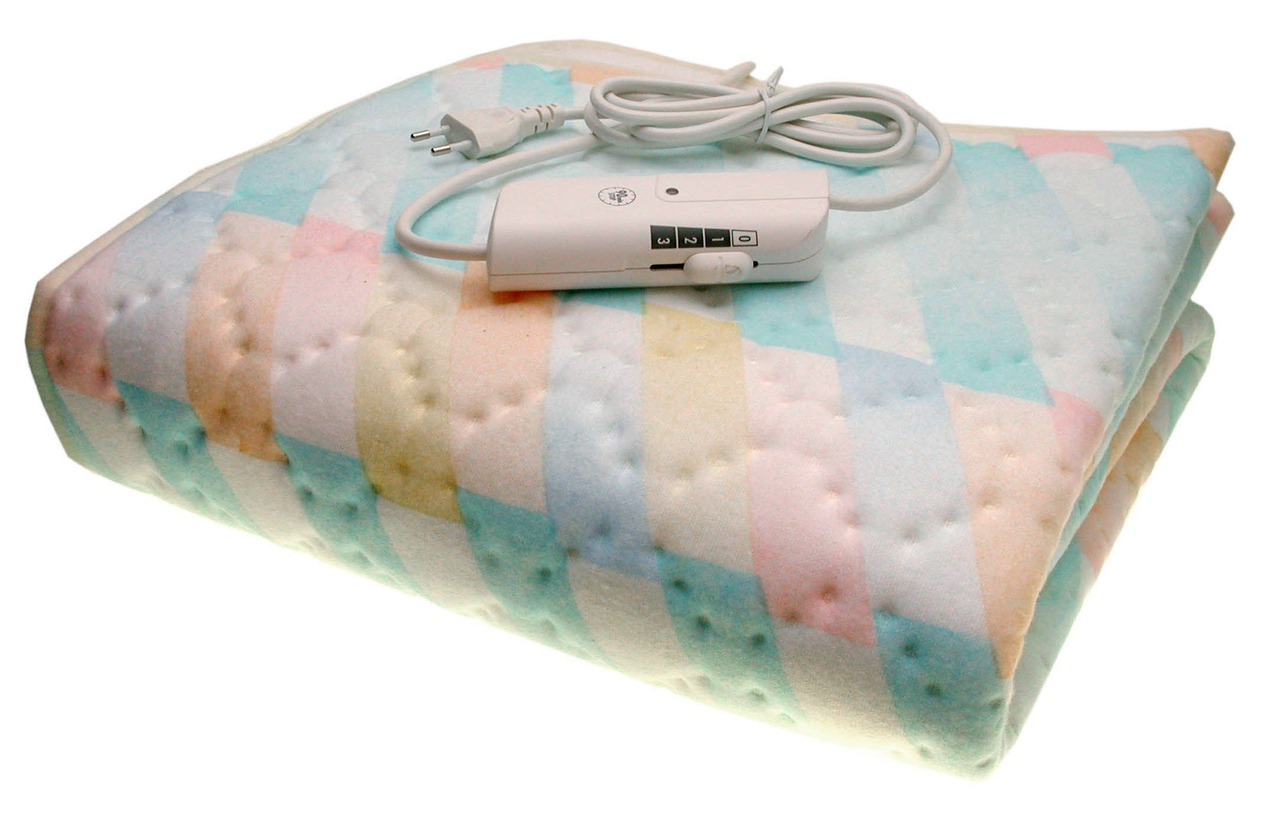Do you have circulation issues like swelling (also called edema) or a burning (or cold) sensation in your legs and feet? How do you cope? From compression stockings to therapeutic massage and limiting salt intake, pALS are managing their circulation issues in some creative ways.

 Share this post on Twitter and help spread the word.
Share this post on Twitter and help spread the word.

Why do some people with ALS experience poor circulation?
For many people living with ALS walking becomes difficult as their condition progresses. Lack of physical activity can make it difficult for the blood to reach the legs, feet, arms and hands, leading to poor circulation and swelling (some PatientsLikeMe members report swelling in their feet and hands). Swelling is also caused by dehydration, inflammation or consuming too much salt. Some symptoms include:- Swelling or puffiness in legs, arms, hands or feet
- Stretched and/or shiny skin
- Skin that stays depressed after being pressed
How pALS manage:
If you're experiencing any of the symptoms above, talk to your doctor. He or she may prescribe a diuretic (or water pills, to help rid your body of excess salt and water) but diuretics should be used with caution since many pALS are already dehydrated. Here are a few things some pALS are trying:- Lymphatic massage (also called manual lymphatic drainage massage), a gentle type of massage that can help the body's lymphatic system work better, can temporarily reduce swelling
- Reducing salt intake. Things you can do to help: buy low or reduced sodium packaged foods, replace salt with other herbs and spices and eat more fresh fruits and vegetables.
- Warm socks/gloves or microwaveable booties for cold hands and feet
- Electric blankets or hand warmers like the ones used for hunting
- Ted Hose or compression socks (if you're still walking) to prevent blood clots
- Leg massage devices like this one or this one to get the blood flowing
- Kathy Peters, Muscular Dystrophy Associations's ALS Health Care Services Coordinator, warns that an ordinary reclining armchair can actually lead to more swelling. Instead, she recommends raising your feet (with a tilt-in-space wheelchair and hospital bed) so they're on the same level or higher than your heart.
- For more tips, check out this blog post about managing swollen feet.
 Share this post on Twitter and help spread the word.
Share this post on Twitter and help spread the word.